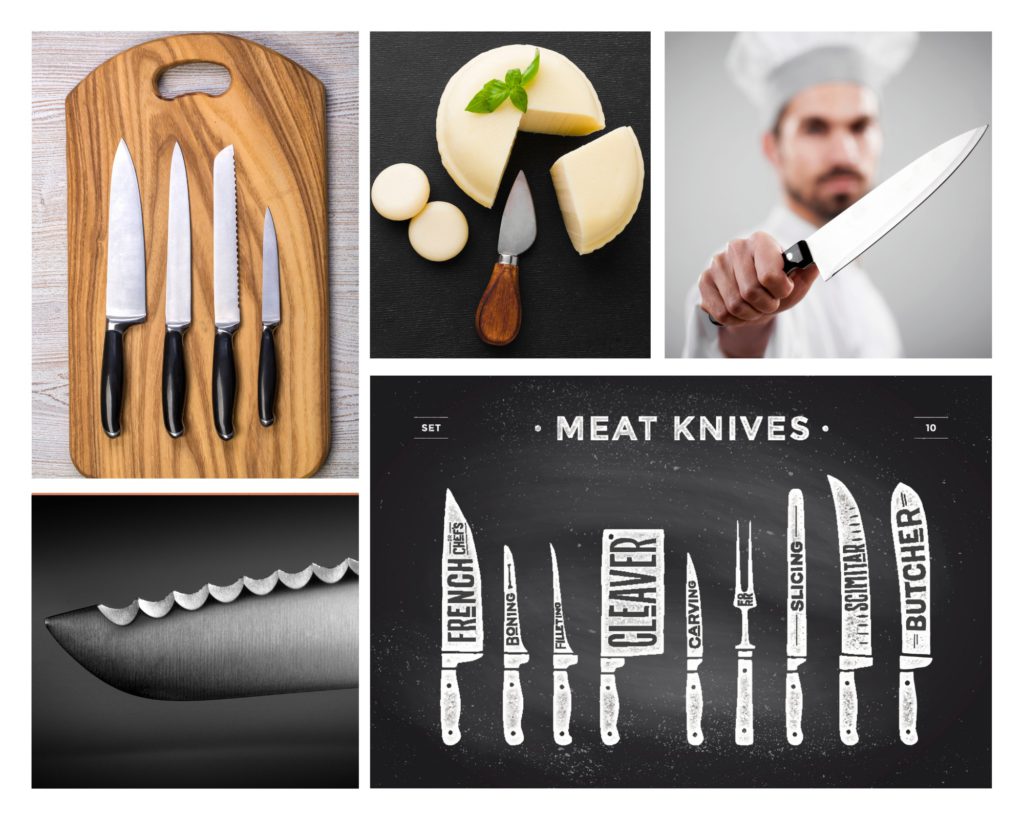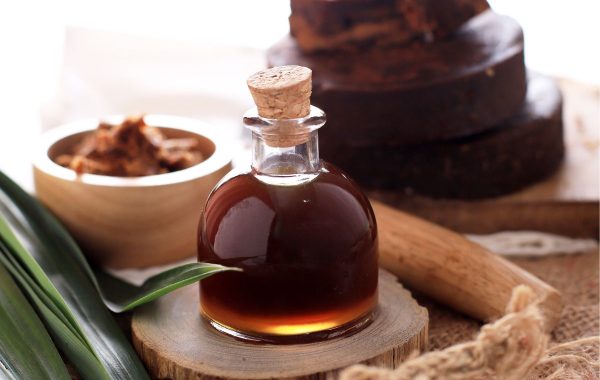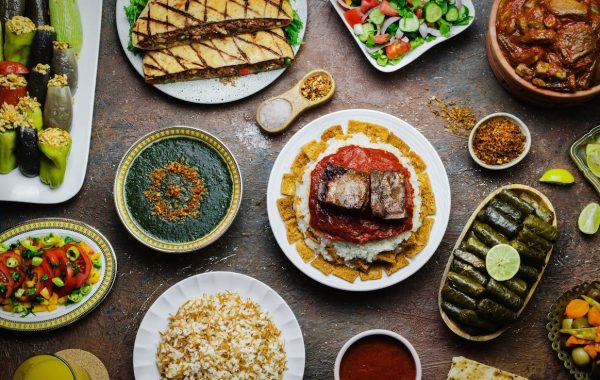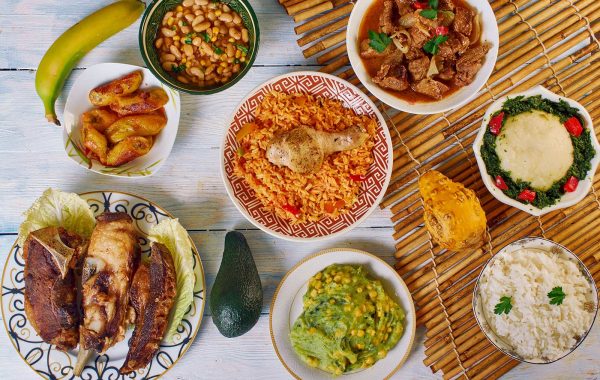If you enjoy cooking as much as I do, then you will know exactly how I feel about my precious kitchen knives. I’m very possessive about them and guard them like a jealous lover. Slicing, chopping, mincing, carving and filleting with a well-balanced, razor-sharp knife is such a pleasure. The effortless shredding of lettuce, shaving of chocolate, mincing of garlic, slicing through cooked steak, carving a roast or cutting a pineapple makes me sigh with contentment.
Way back in college (Institute of Hotel Management, Catering Technology and Applied Nutrition, Mumbai), at cookery class, we were introduced to a full set of knives – the chef’s knife, the filleting knife, the cleaver, the paring knife, the butcher’s knife, the serrated utility knife, the carving knife, the cheese knife and the bread knife. I was familiar with some, as our kitchen at home was fairly well equipped, but learning to use the right knife for the right type of cutting was fun, deep finger cuts notwithstanding! We grew to love and respect these knives through our three years of kitchen training.
Over the years, I have maintained my knife collection, replacing the earlier ones with better quality and newer materials. I’ve also realised, that you have to customize your knife collection to suit your cooking style and cuisine diversity. And you know what? I never ever ask anyone to buy knives for me or order them online. I like to check out my knives physically, see how balanced, how heavy and how comfortable they feel in my hand. After all, when I work in the kitchen, my knives are like an extension of my hand.
Before getting into the actual knives themselves, a bit of important information:
Selecting the right knife material
Good quality knives typically come in one of four different materials – high carbon steel, stainless steel or a composite of both, and then there is ceramic.
High carbon steel will have a very sharp edge but will rust and pit if not taken care of. It may be a little bit more expensive but it is safer, will last much longer.
Stainless steel doesn’t hold as sharp an edge but is much easier to care for. It needs more frequent sharpening.
A composite of high carbon steel and stainless steel has the best of both worlds in durability and ease of care.
Damascus steel is famed for its sharpness and ability to maintain edge well. They are made from a hard steel sandwiched between softer steel. The hard steel creates a sharp edge, while the softer steel acts as protection. It looks quite cool, actually, with its mottled blade.
Ceramic knives are more affordable, very sharp, come in jazzy bright colours and you can put them in the dishwasher too! Ceramic blades are 10 times harder than carbon steel, yet so much lighter. They also retain their edge for longer, so they don’t need to be sharpened. They are more prone to chipping, though.

Knife construction
There are two ways a knife can be constructed: either as one piece of steel, extending from the blade’s edge and through the handle, or it can be stamped.
A forged knife is formed from a single bar of steel, which is heated and then pounded into shape — it’s typically heavier.
A stamped knife is comprised of a blade and a handle, the former cut out of a large piece of steel, honed, heat-treated for durability and attached to the latter. These knives tend to be less expensive and not as strong as those that are forged.
Both are good options; you need to go for what feels the best in your hand.
So how does a home cook go about choosing a set of knives? Firstly, you really do not need a whole range of knives. I recommend buying knives individually than buying a whole block. So, it’s better to have fewer knives but the best quality. And good knives really are an investment, take good care of them and they can last a lifetime.
Must-have knives in your kitchen
- Chef’s Knife.
The one ‘must have” knife you want is the very versatile chef’s knife. Even professional chefs would agree with this. You can use this for almost every task in the kitchen from chopping meat and dicing veggies to finely slicing onions and garlic.
Originating in Germany and France, a chef’s knife can vary in length from 6 -12 inches. It has a broad blade that curves upwards to form a tip. The German and French knives are thicker and heavier than their Japanese counterparts, which are lightweight with thinner blades for more precise tasks like cleanly slicing tuna.
The paring knife is a small, short-bladed knife used for intricate cutting, peeling, mincing and dicing. The straight blades typically range from 2-4 inches. It is ideal for more delicate slicing, deveining shrimp, trimming and cutting fruit into different shapes or seeding chillies.
- Serrated Knife
The serrated knife has small teeth along the blade to help you grip and cut at the same time. It is fantastic for peeling oranges and other citrus fruit, for thinly slicing tomatoes, slicing bread, melon and general veggies like eggplant and gourds.
These are the basic three knives that you definitely need. Besides this, if you do a fair bit of butchery at home, you can invest in a boning knife and filleting knife, or a good quality cleaver if oriental cooking is your thing. A carving knife (with its fine, sharp and long blade) and fork set comes in very handy for those special days when you do a roast.
There are a huge variety of brands in the market, from the best quality used by professional chefs to the starter knives. If you are totally committed to your cooking, and do it regularly, buying the best is totally worth it in the long run. But do test them out yourself and then select the one that best suits you. Remember, a huge heavy knife in a small, tiny hand could lead to hand fatigue and blisters!
Caring for your knives
The single most important thing about knives, no matter the kind, is to keep them sharp. Wash them with soap after use, dry them and store them in a knife drawer, a block or a magnetic strip on the wall. Never ever put them in the dishwasher, which can dull blades and destroy the handles.
Now how do your knives become dull you ask? Well, the two main reasons a knife becomes dull is either a rolled edge or an edge that has become rounded. A rolled edge is when the edge becomes bent or rolled over to one side and is caused by physical pressure to the edge of the blade. Imagine pressing a fork into granite, the bending of the fork is exactly what happens to the edge of the knife, but on the microscopic level.
Sharpen your knives every few months depending on how often they are used. I would also recommend having your knives professionally sharpened every 1-2 years. A honing steel is great for daily use to keep a straight edge on your knife, and an electric or pull-through sharpener will help you maintain the sharp edge on your knives throughout the year.
Lastly, one cannot talk about knife care without considering your chopping boards. While many different kinds exist, overall, soft wood and plastic HDPE boards are the best for most knives, so be kind to your knives.
Enjoy your time in the kitchen, folks, and keep creating those masterpieces!
For latest travel news and updates, food and drink journeys, restaurant features, and more, like us on Facebook or follow us on Instagram. Read more on Travel and Food Network
A homeschooled chef even before she joined Catering College in Bombay, Christine’s gastronomic journey started with mother and grandmother. Polished with a degree and 10 years of experience in the Hospitality industry, Christine’s love of food, drink and everything gastronomic has been sharpened and honed with travel across the world. Today, she shares the wealth of her foodie experience and adventures across the world with Travel and Food Network, so look forward to much more from Chrsitine!

















